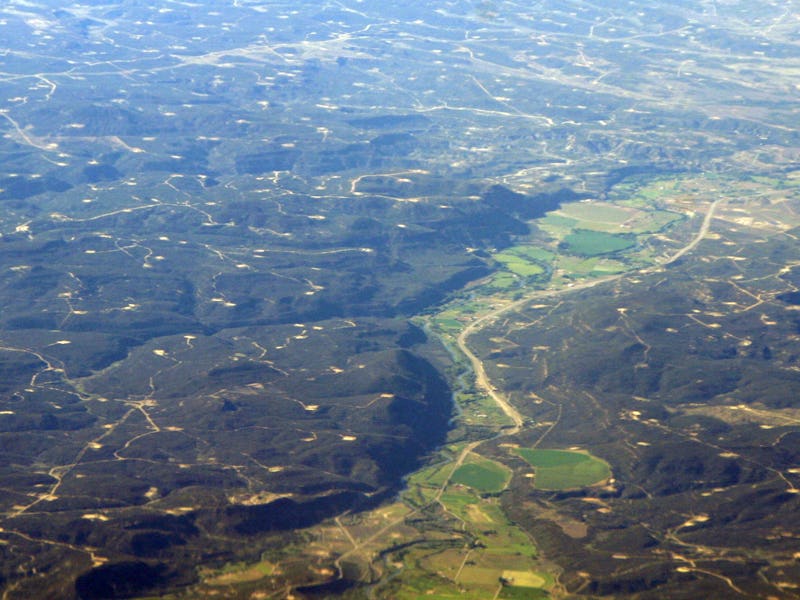NASA Finds Giant Methane Plumes All Over the Southwest

Scientists from NASA’s Jet Propulsion Laboratory and Caltech in Pasadena, California, the National Oceanic and Atmospheric Administration in Boulder, Colorado, and the University of Michigan in Ann Arbor came together to conduct an epic airborne survey, identifying and measuring more than 250 distinct and individual sources of methane in the Southwest United States. Methane, a greenhouse gas, directly contributes to global warming by trapping heat in Earth’s atmosphere.
In the “Four Corners” region where Arizona, Colorado, New Mexico, and Utah meet, methane emissions range from a few pounds to an unbelievable 11,000 pounds per hour, mostly arising due to the production and transportation of natural gas out of coal beds. NASA knew this area was already a hotspot after first discovering the methane from satellite images in 2014 and taking initial measurements with infrared spectrometers in 2015. This experiment, however, serves as proof of concept for specific airborne detection of methane, which is impossible without key scientific instruments. “That we could observe this distribution in a widespread geographical area and collect enough plumes to perform a statistical analysis was a pleasant surprise,” says Jet Propulsion Laboratory and Caltech scientist Christian Frankenberg, who is also the lead author of the scientific paper documenting their results.
Some methane gas hiding near the Four Corners region of the American Southwest.
The spectrometers that NASA used in their study identify atmospheric gases, such as methane, by how the gases absorb sunlight. What’s more, the results of their survey not only demonstrate how much damn methane is lurking in the Four Corners region, but also how big each of its sources are: just 10-percent of the various individual methane sources contribute half of the emissions recorded. This hugely disproportionate number could mean that cutting a substantial amount of methane may merely only require the closure of a handful of — and not a hundred — emission sources.